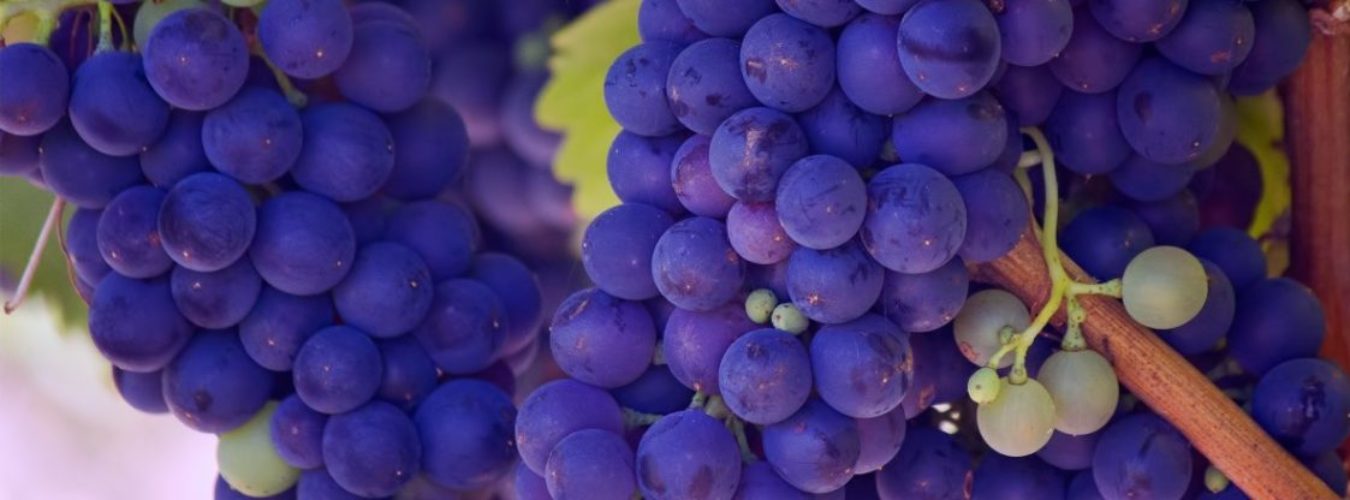I believe that there are 5 excellent champagnes that are worth a try:
Nicolas Feuillat Palmes D’Or
Laurent Perrier Grand Siecle
Moët et Chandon Dom Perignon
Louis Roederer Cristal
Is champagne the only sparkling wine in the world?
No. In every place where wine is made usually also a sparkling wine is made. Many countries produce it. Spain, one of the largest producers of this type of wine, call it Cava. In the Catalan town of San Sadurní de Noya is where the most prestigious cavas are made. In fact, the House Codorniu is the largest producer of sparkling wine in the world. The Germans produced this type of wine that is very popular and consumed in all the coffee shops in Germany and Austria. It is called Sekt. The Italians have often sweet, sparkling wine which is very much to the taste of the ladies: name it Spumante. In Mexico is also produced good sparkling wine with the champenoise method, like the Sala Vive, but its consumption is little. Even France produces many sparkling wines that may not be called “champagne” for not being within the limits of the “appellation Contrôlée”.
Anyway, the champagne has been always considered as a wine with a well defined taste, the standard against which any other sparkling wine is measured. The style varies in each House, but it always seeks a harmonious blend, where there is not any component that dominates over the other; It is complex in flavor, with higher acidity than any other wine but well balanced between acid and sugar. This acidity is what gives the unique freshness and the simple elegance of champagne. It is very difficult to try to establish quality standards in champagne, except for each person‘s individual tastes. To my personal taste: I love the Ruinart Brut Blanc de Blancs.
In contrast to the Bordeaux region, champagne wineries do not cultivate in their own vineyards, but they buy the production of grape to different winemakers. The vineyards are classified according to the quality of the grapes that are produced and this will be reflected in the price of the wine.
The champagne region is more from the North part of the great wine regions of France and the average annual temperature is 11 degrees Celsius, only a degree above the minimum required for it to ripen the fruit. There are three different areas that make up the region:
Mountain Reims, is planted with the Pinot Noir vine, whose black grapes are vinified as if they were white, with a fast pressing to make white wine. These wines contribute to the bouquet, the robustness and to what the French call the scaffolding of the mixture.
The lower area of the Valley of the Marne, has slopes oriented to the South and Southeast, which capture more sun-hours and produce wines with more body, more mature and full aroma. Here are also cultivated red grapes, where the Pinot Noir grape joins the Pinot Meunier. A small amount of red wine is produced in the village of Bouzy, very appreciated in the region and with the characteristics of a lesser Burgundy, which is part of the cuvée rosé wines.
The slope facing East and South of Epernay is the Côte de Blancs, planted with vine Chardonnay, which confers to the wine freshness and finesse.

